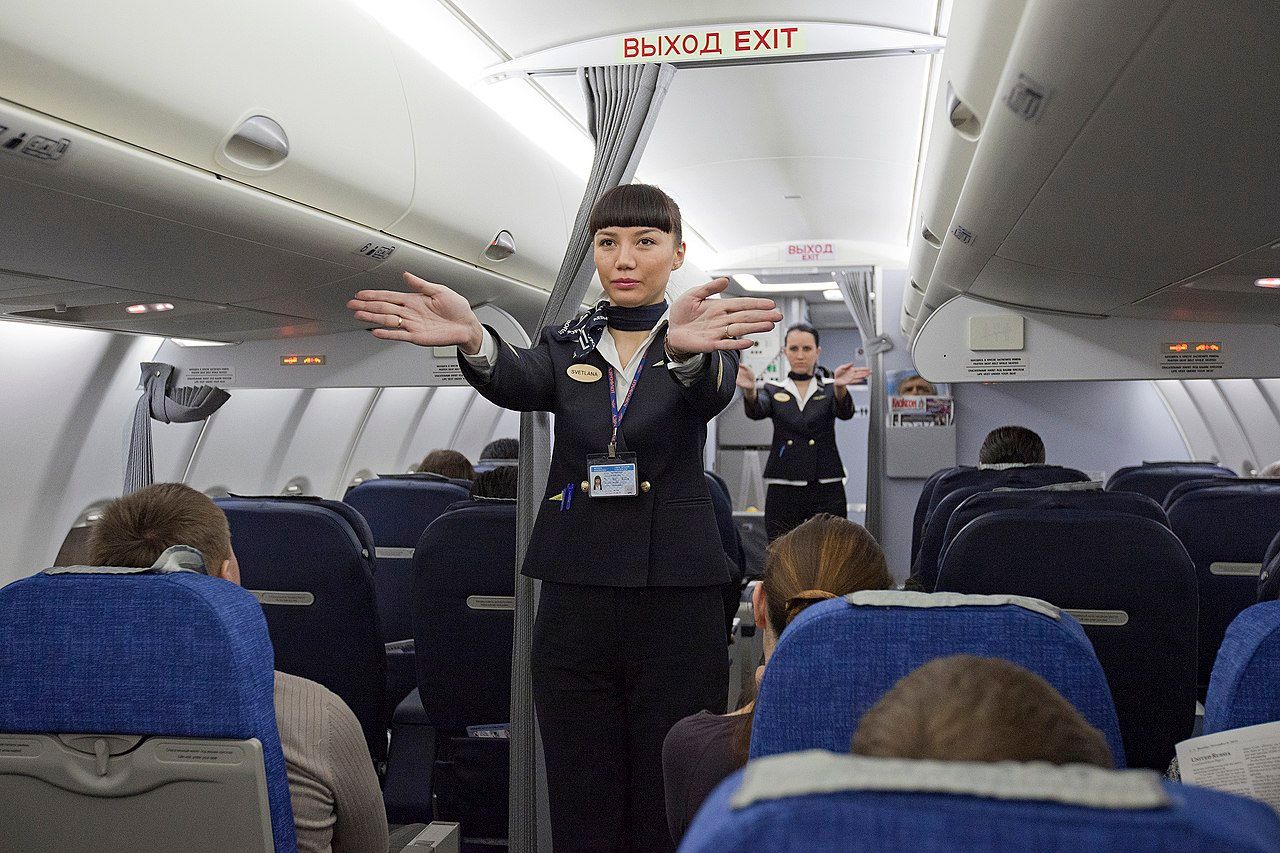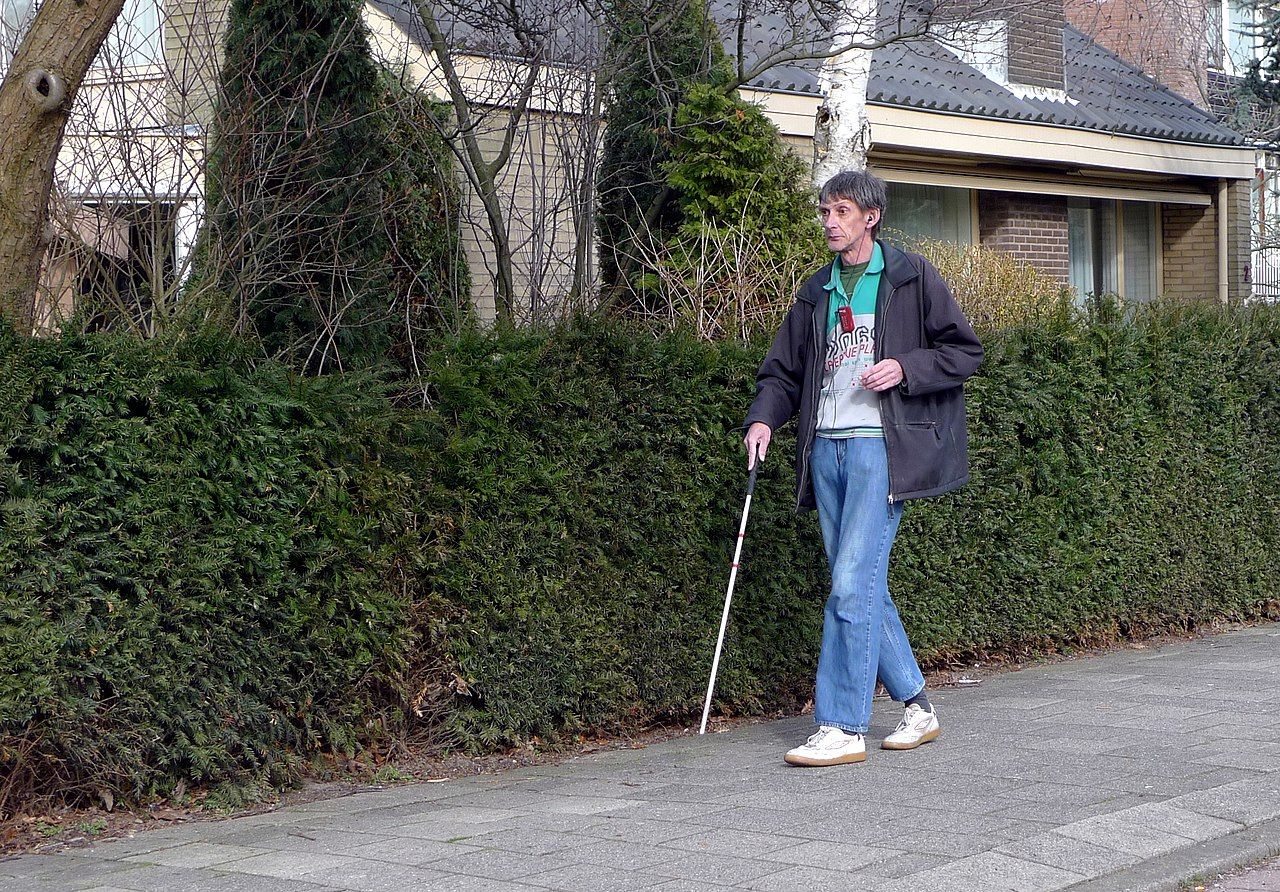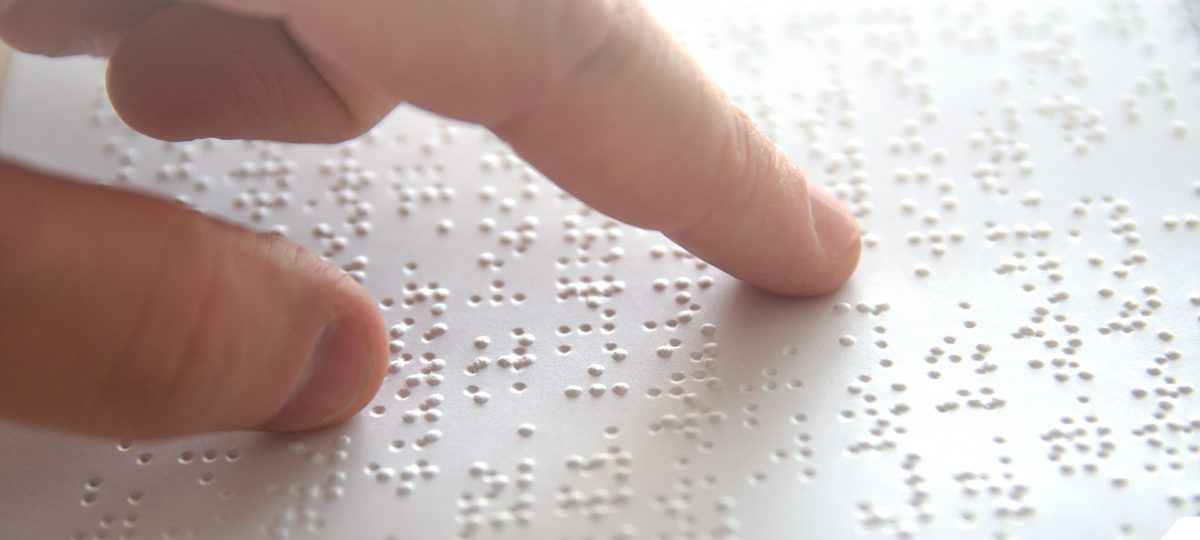By international law, airlines must explain the aircraft's safety features to all passengers. Typically, it involves a safety video and flight attendants pointing to the emergency exits, showing you how to put on a life jacket, and what to do in the event of a loss of cabin pressure. With the safety briefing being mainly visual, it poses the question of how blind or visually impaired passengers receive safety instructions.
Ordinary passengers with no vision problems can watch the safety video, as well as see the cabin crew pointing to the exits and demonstrating the oxygen mask and life jacket. Now close your eyes and imagine you are blind and have never been onboard the aircraft you are flying with today before. You will have yet to learn how large the cabin is or where anything is located, including the toilets and emergency exits. Now imagine that alarms are going off and people are getting anxious. As long as you fully understand where everything is and what you need to do, you will be ready.
Inform the airline of your particular needs well in advance
If you are blind or visually impaired, you will realize that travel for you is much more complicated than it is for people who can see. Because of this, you need to plan your journey well in advance and notify the airline of your specific needs at least 48 hours before your flight.
Airport ground staff will meet you when you arrive at the airport. They will then help you check in for your flight and guide you through security and passport control. Once at the Gate, a staff member will help you board the aircraft, show you to your seat, and stow and carry on items in the overhead bins.
If you are not given a Braille safety guide, ask for one
Before taking off, the cabin crew will give a mandatory safety demonstration. Everything they demonstrate should be available to read in Braille or listen to on a recording. For example, the Dutch national flag carrier KLM has safety instructions in Braille in both English and Dutch. Sometimes the crew will hand you an oxygen mask and a life jacket so that you can touch them and familiarize yourself with how they work.
A flight attendant will also explain to you the following:
- How to use and secure the seatbelt.
- The location of the life jacket.
- The position of where the oxygen mask will be if it is deployed.
- Where the flight attendant call button is in case you need assistance.
Cabin crew will also help you at meal times
Australian national flag carrier Qantas has safety cards in Braille for most of its flights, and if one is not handed to you, request it from a cabin crew member. Other information the crew can help you with is the layout of the plane and how to reach the toilets. Before the meal service, one of the flight attendants will read the menu to you so that you can tell them what you would like to eat. When the meal arrives, they will explain where everything is on the tray and help you with any hard-to-open packaging.



